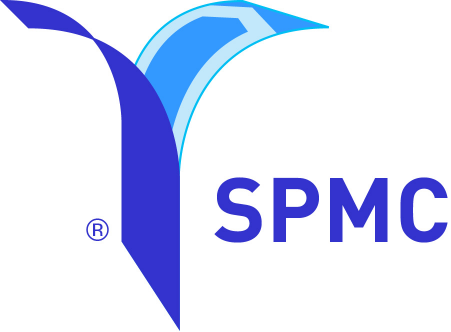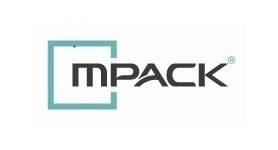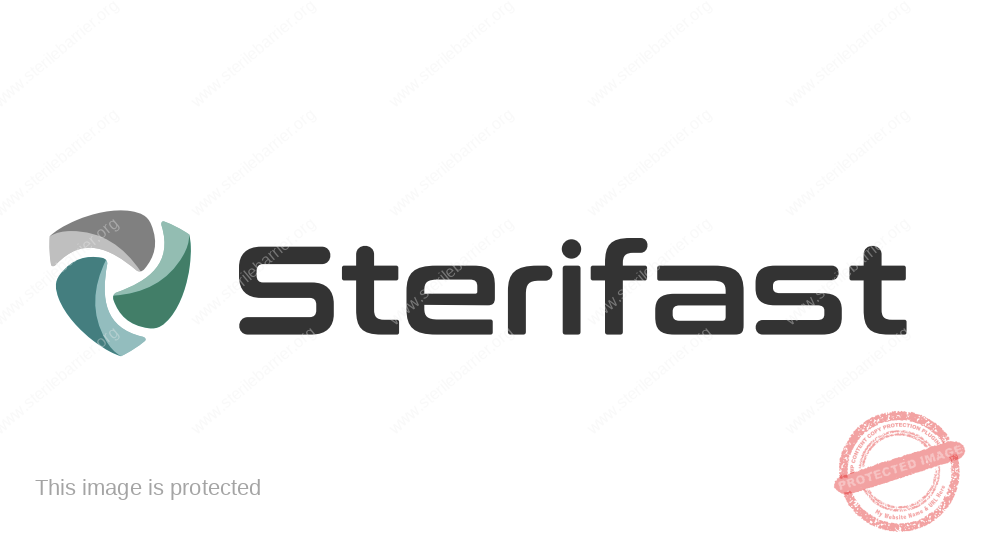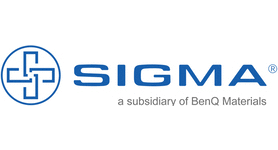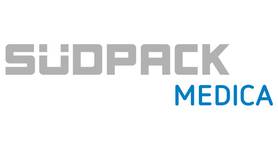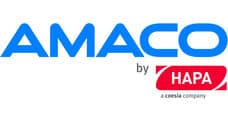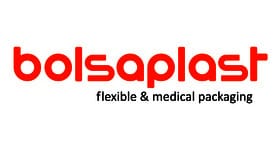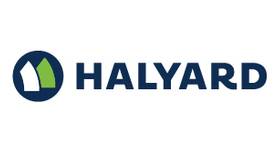Standard Test Methods for Internal Pressurization Failure Resistance of Unrestrained Packages
ASTM F1140 testing provides a rapid means of evaluating tendencies for package failure when the package is exposed to a pressure differential. It is regularly used to assess packages during the manufacturing process and at various stages of the package life cycle. Pressure differentials may occur during processes such as sterilization and transportation.
If correlations between pieces of test equipment are to be made, it is vital that all parameters of the test method be exactly the same. Typical parameters of ASTM F1140 testing may include, but are not limited to, package size, material, seal configuration, test equipment, rate of air flow into the package, sensitivity (machine response to pressure drop), and position of test article.
ASTM F1140 testing is comprised of the following:
- Burst Test -Determines package strength by pressurizing a package until it bursts.
- Creep Test -Determines package strength by pressurizing a package at a set percentage of the known burst pressure for a fixed amount of time.
Test Methods
In the Burst Test, air is introduced into the package at a predetermined pressure and flow rate. The porosity (or lack thereof) of the package material determines the inflation rate for the burst test. Because air escapes through the walls of a porous package during inflation, the flow rate must be increased to compensate for the lost air through the walls and create the back pressure in the porous package. This pressure creates the force needed to rupture the seal.
In the Creep Test, a whole package is inflated to a constant pressure, which is then held for a specified time, resulting in a pass / fail result. The Creep Test provides a test for slow shear of the adhesive bond similar to a dead weight hanging on the seal.



